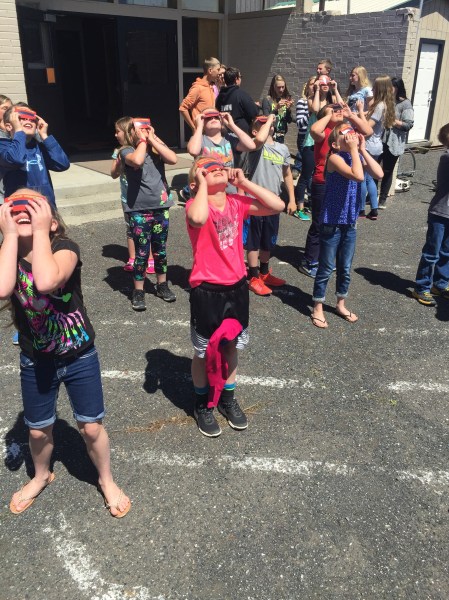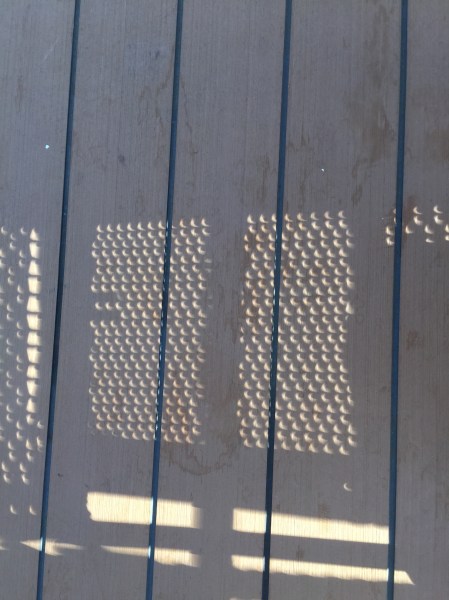This is the twentieth anniversary of my first section hike on the Appalachian Trail (AT). I never finished the trail; indeed, I hiked only the southern quarter of it in two section hikes, 528 miles total, with another couple of miles in Hanover, New Hampshire, where I went to college, for the AT went right through town. I have another couple of miles on Mount Moosilauke in the White Mountains of New Hampshire, the tenth highest of the 4000 foot summits in the Whites. I climbed it my freshman year in 1966.
The AT was something that I put on The List and eventually took off. I have no plans to hike the remaining 1600-odd miles, although I have no regrets having done my two section hikes, one in 1998, the other the following year. The first one was painful, learning the hard way how to do a long distance backpack; the second was done properly, and I have fond memories of the three weeks I was in the woods, making over three hundred miles good with no blisters and little pain.
I had many “AT moments,” the shelters, the white blazes, the bears, the camping out in the middle of nowhere, “starlight. moonlight and firefly light,” but perhaps one of the classic moments was when I became a recipient of the kindness of a trail angel. I never thought I would some day become one, and indeed, I didn’t even think of the fact until recently, nineteen years later and on the other side of the continent.
Somewhere in northern Georgia, when I descended one of the many mountains of the AT, I saw a man standing near the road that I would be crossing before ascending the mountain on the opposite side. The AT was down, down, down to a road and up, up, and still more up on the other side. My pack that summer day was lighter, after I had dumped 10 pounds of gear I didn’t need at a store that specialized in shipping unwanted gear home. I also bought a Pepsi, which gave me the energy to get to my camp that night.
Anyway, back to further north in Georgia: next to that somebody was a cooler, and as I approached, the somebody asked if I wanted a can of Dr. Pepper.
A free Dr. Pepper out here. You’ve got to be kidding.
One has to understand that after a few days on the Trail, a hiker is in a state of borderline biological red alert when it comes to food. I was additionally dry, hot, a bit hypoglycemic, and totally beat that afternoon, so I initially didn’t process his words. I looked up, and no, it was not a mirage, it was a man holding a can of Dr. Pepper.
A free, cold Dr. Pepper out here. You’ve got to be kidding.
I took the can, swallowed the liquid in about two gulps, and thanked him, in that order. It was wonderful—sweet, cold, and wet, with a bit of caffeine to boot. I think I can still taste it twenty years later. Thanking the man profusely, I crossed the road, thinking that maybe the other side wouldn’t be so difficult after all.
That’s a trail angel, and the AT is famous for them.
Across the miles, 19 years, and a continent, on the West Coast trail, AKA PCNST, or the Pacific Crest National Scenic Trail, three of us were dayhiking south right by Lower Rosary Lake, headed back towards Willamette Pass. We had taken a loop off the PCT up to Tait’s Loop, which two of us would adopt during the coming winter, making sure the trail markers, blue diamonds, were in place. We had intersected the PCT and were returning on it. Ahead, we saw an elderly couple with good sized backpacks cross the outlet stream of the lake, and as we approached, they started up a conversation. They were early 60s, retired, and didn’t bother to shed their packs while talking to us. Long distance hikers are part of their pack, and one has to have been such a hiker to truly appreciate that fact. After a week of high mileage days, I was my pack. My pack was another appendage, a home, a lifeline. They looked strong, with not one bit of unessential gear with them. Thru-hikers.
Anyway, last summer a good share of the Three Sisters and Mt. Jefferson Wildernesses were burning, and there had been some trail closures, including many miles of the PCT. The couple, from Alaska and sporting “Alaska Flour” shirts, knew that, so they were going to take some rest days in Bend around the 21st to see what was going to happen.
August 21, 2017 was a big day. That was the solar eclipse, and these folks, if they continued, would walk right into the path of totality. I asked them if they knew about the eclipse. They knew a little and figured Bend would be suitable. It wasn’t. Before they got to Bend, they would walk into the path of totality, but if they weren’t careful, they could walk right out of the path, too.
Normally, I don’t usually tell people what to do. I offer an opinion, make some suggestions and expect them do what they want. Most people do that and aren’t interested in my advice. I accept that and usually stay quiet.
But, neither quiet nor Bend was suitable, and this was a total friggin’ solar eclipse, for crying out loud. One of my hiking companions, who would adopt the trail with me, a good friend, would end up staying in Eugene, outside the path, for the eclipse, although he had heard me give a talk to 80 charged up people about it back in June at the Obsidian Lodge and came away less than impressed. I wasn’t going to change his mind, and he would one day tell me he regretted his choice, but these people deserved to know more. I mentioned that they would be close to totality, and if they could get north of Bend, they would be able to see it. I further added that I had seen sixteen of the things (I don’t think I used “friggin’) and they were incredible sights. I gave it my strongest recommendation: “It’s worth seeing.” They had a few more miles to go that night and we needed to get back to our vehicle, so we parted ways, we went south, they north.

Interview by KEZI-TV anchor Renee McCullough in the Eugene Science Center, April 2017.

Lower Rosary Lake in winter
I had quite forgotten about the couple until sometime in September, when I got one of those strange emails, where the sender is a weird name that makes no sense, except the message line is somehow very relevant. The couple had seen the total eclipse by Santiam Lake, somehow able to get far enough into the Mt. Jefferson Wilderness near Three-fingered Jack. I was thanked in capital letters for having suggested they go to the eclipse track. They hiked in to one of the more beautiful spots I could think of—I had been to Santiam Lake on a hike the past June—and had clear skies, no smoke, and a beautiful view. Someone even took a raft out on the lake—which is a tough 6 miles in from US20 and about eight in from Duffy Lake—and saw the eclipse from the middle. Wow. That was better than my experience in eastern Oregon. The couple was back in Alaska, but they were planning to come down again next year and finish off the PCT.
I was thrilled. I didn’t have a cooler, and I didn’t have Dr. Pepper, but this Doctor had a cool idea for them, and it worked out just fine.
Trail Angel. Nice term. I can now apply it to myself for a very uncommon reason.

Santiam Lake and Three-fingered Jack, June 2017.



























